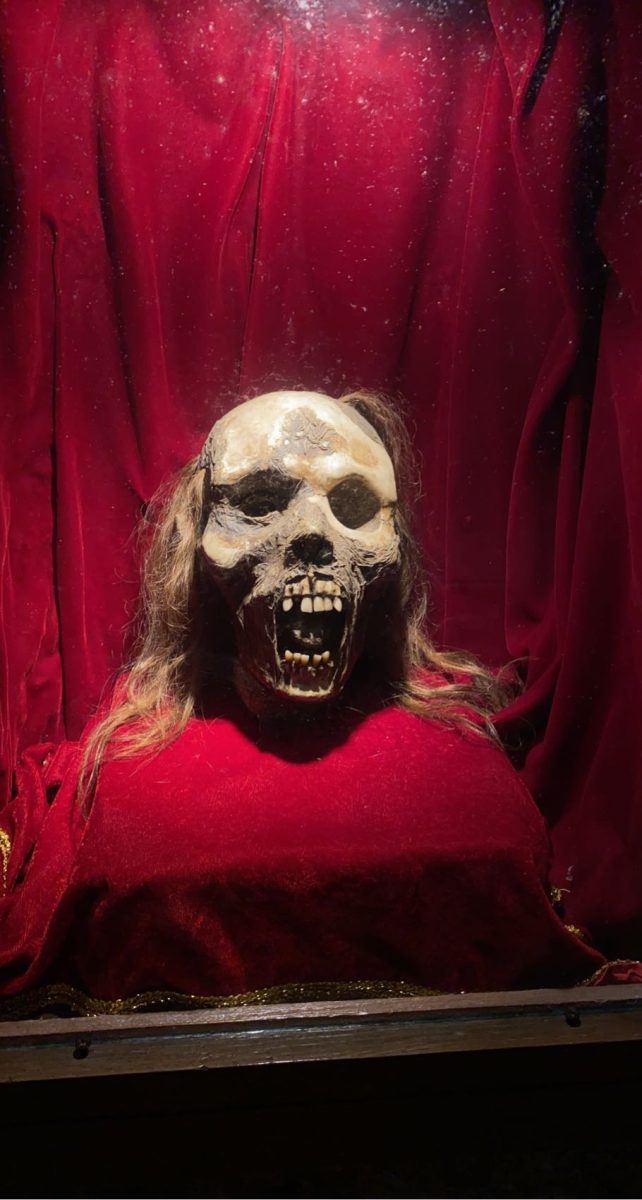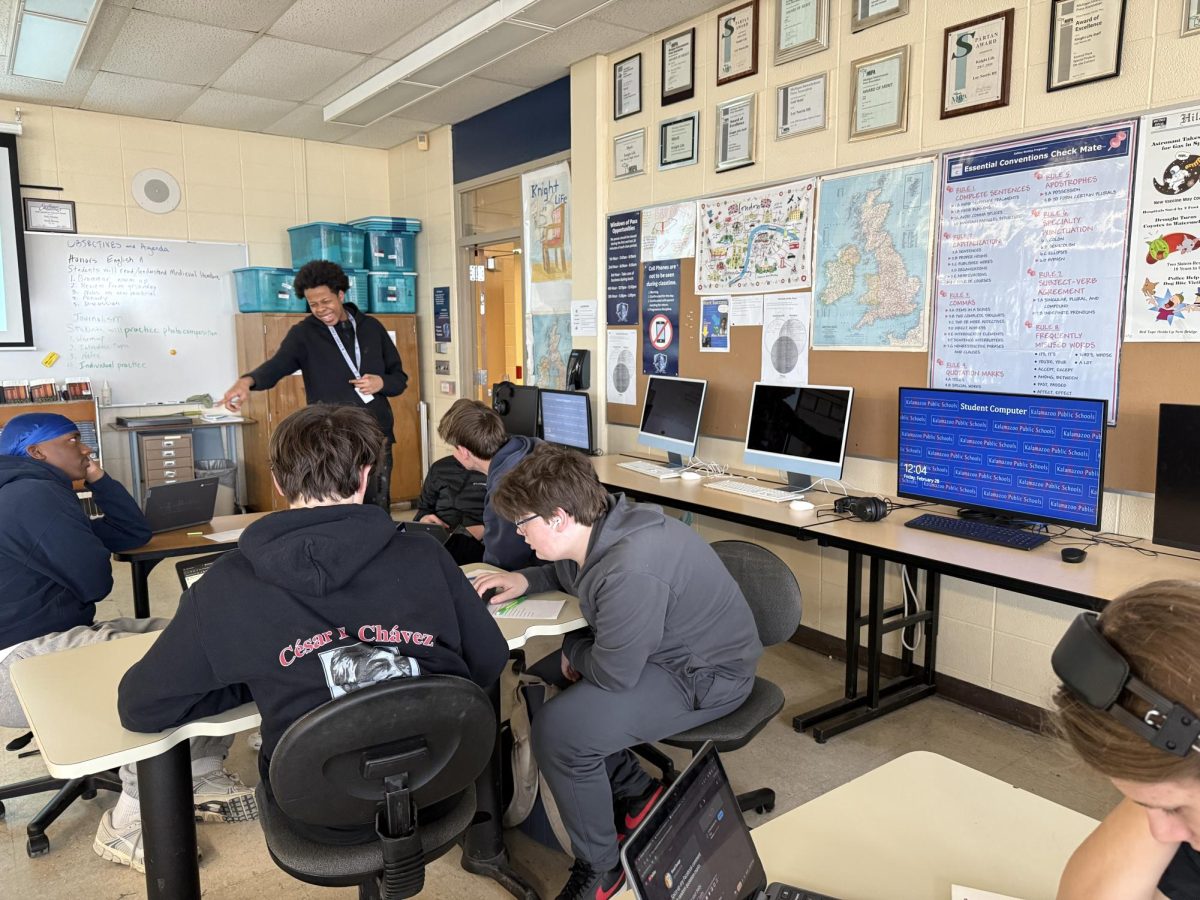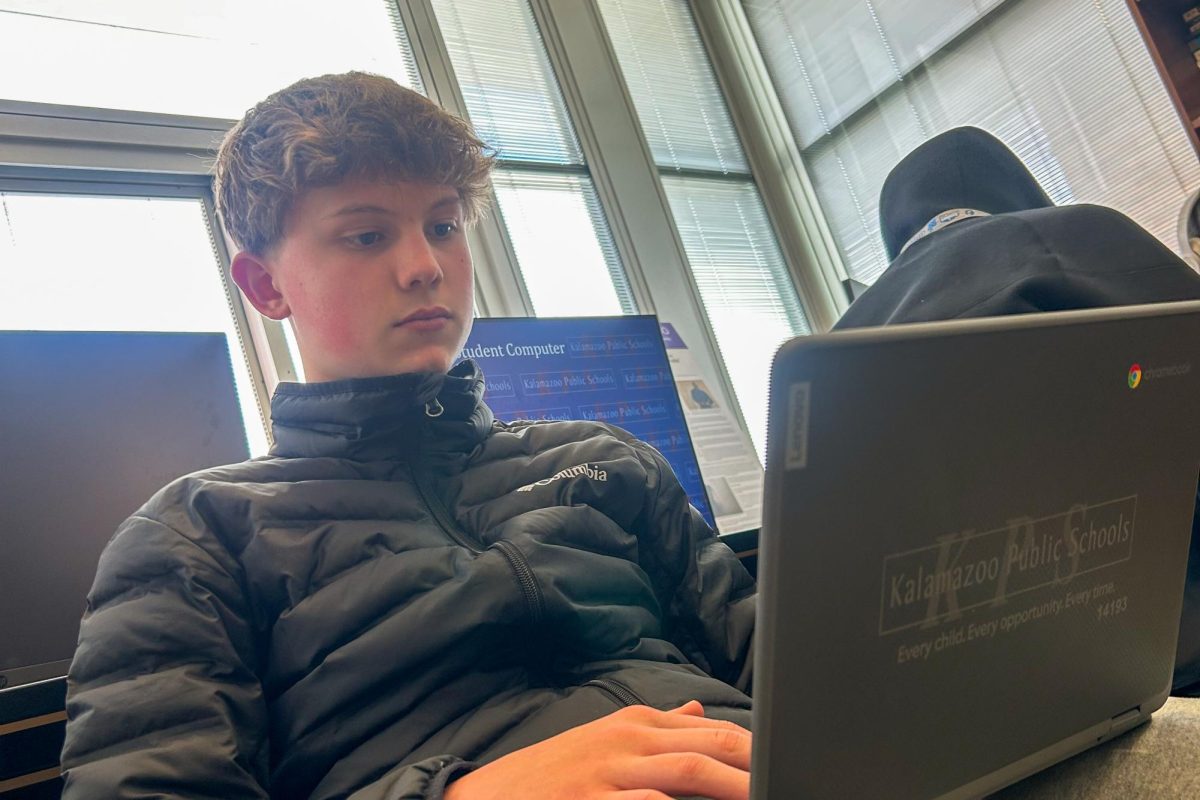A well-lit but empty corner of the Museo de las Momias de Guanajuato catches the eye of Loy Norrix sophomore Gael Vazquez. A plaque standing in the empty corner explains the removal of a lady who was rumored to curse those who looked in her eyes. Luckily for Vazquez, the lady known as “the Witch” has been sealed away, unable to curse him.
Vazquez reunited with his family on a trip over winter break to Guanajuato two years ago. On the trip, he reunited with many of his sisters and their children. He traveled in order to see family, learn about history and improve his Spanish-speaking capabilities. His most lasting memory, however, was of the mummies he saw at the museum.
“There were rumors or myths about one of the mummies,” said Vasquez. “If you looked into her eyes, you got cursed.”
The mummies were exhumed during the 1800s, during a time when the local government required families to pay a tax to keep the dead buried. As a result, many families exhumed the dead instead of paying the tax on them. Moreover, a storehouse for the dead was built to keep the bodies which had been exhumed, and people would pay to enter and see the mummies. Today, the museum displays only a fraction of the mummies that were originally stored. Noticeably missing is the Witch.
“When I got there, they had put her away because she had cursed so many people,” said Vazquez. “I got to see a baby, though, who was holding a very old mop.”
During the month he spent in Mexico, Vazquez participated in Christmas and New Year’s. New Year’s is an important event in Mexico. There is a tradition called “Año Viejos,” which originated in Ecuador. The townsfolk form a doll made of old cloth, which is then burned to close out the old year and bring in the new. Combined with all of the experiences he gained while in Mexico, Vazquez left with a deeply changed perspective on his heritage.
“Before I went to Mexico, I felt like there was a big gap between me and my culture,” said Vazquez, “and now, I can be grateful for being Hispanic and being who I am.”








